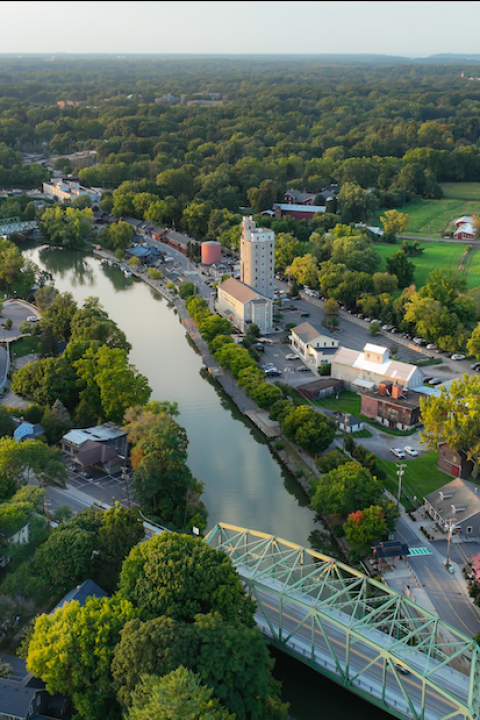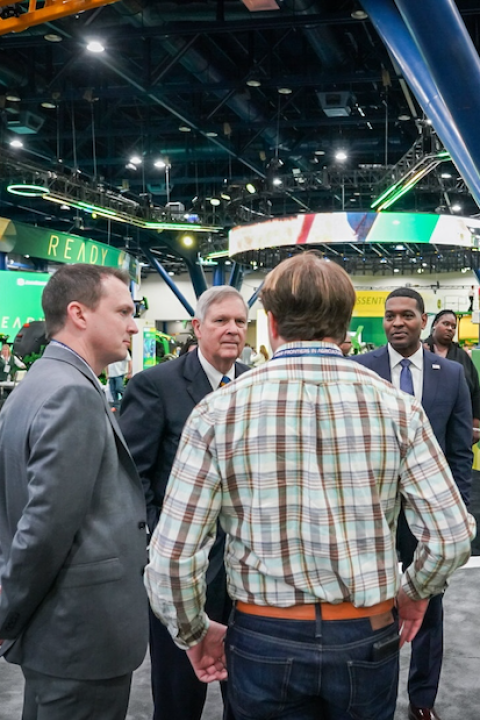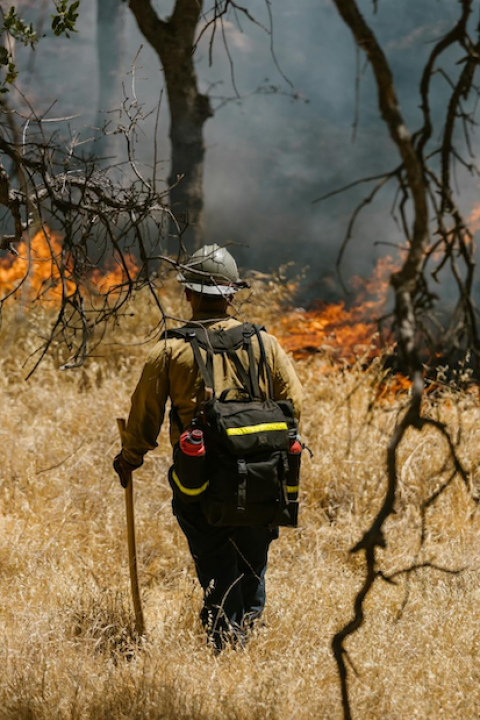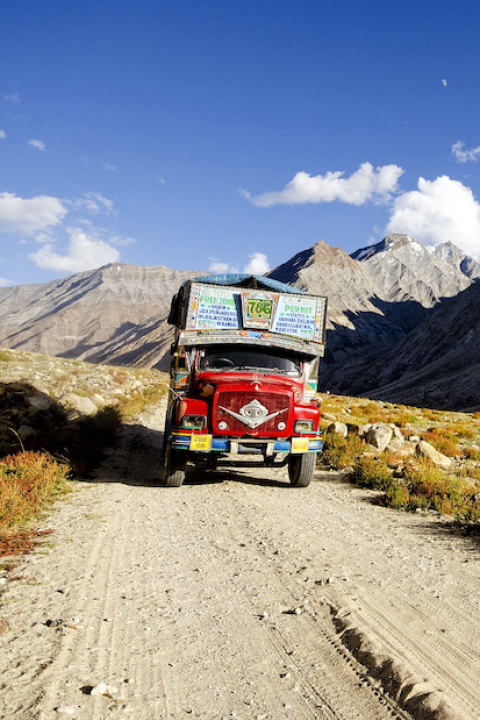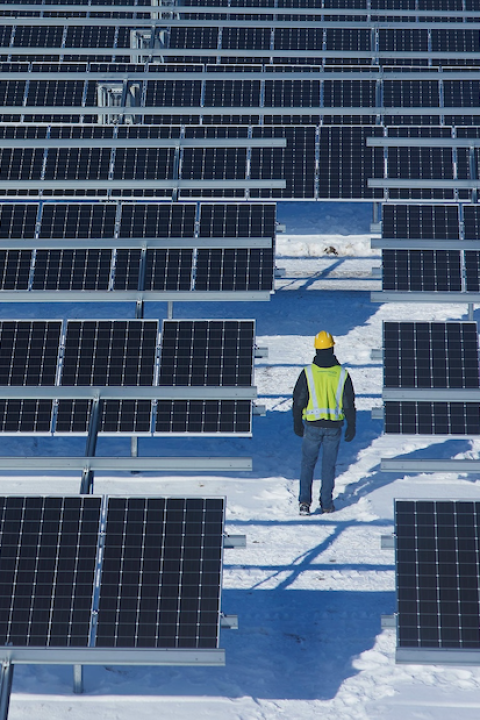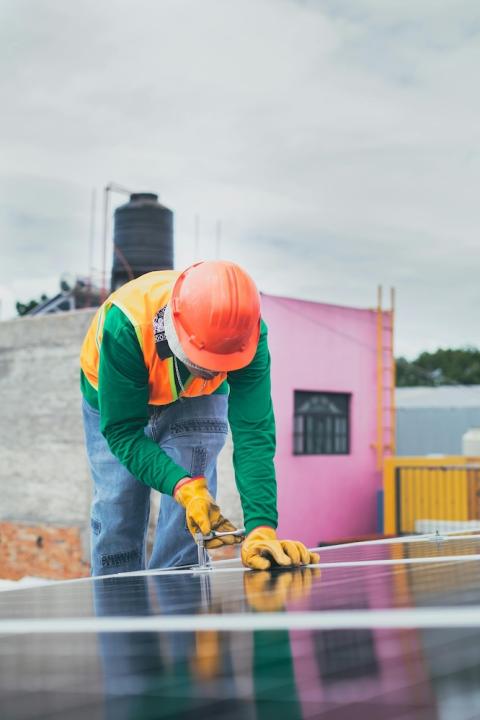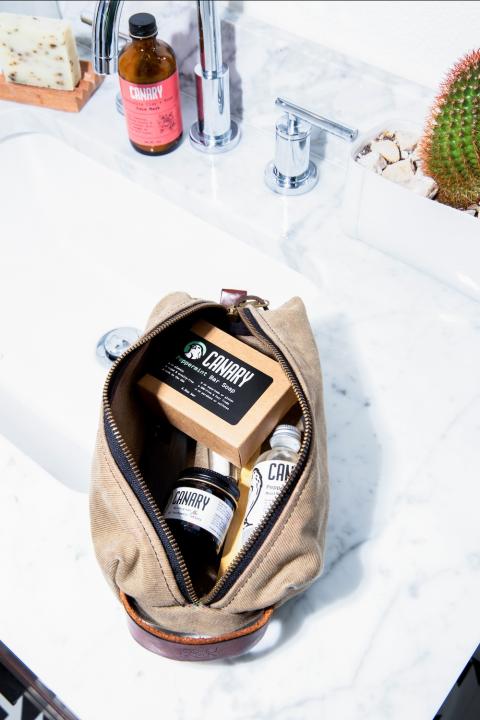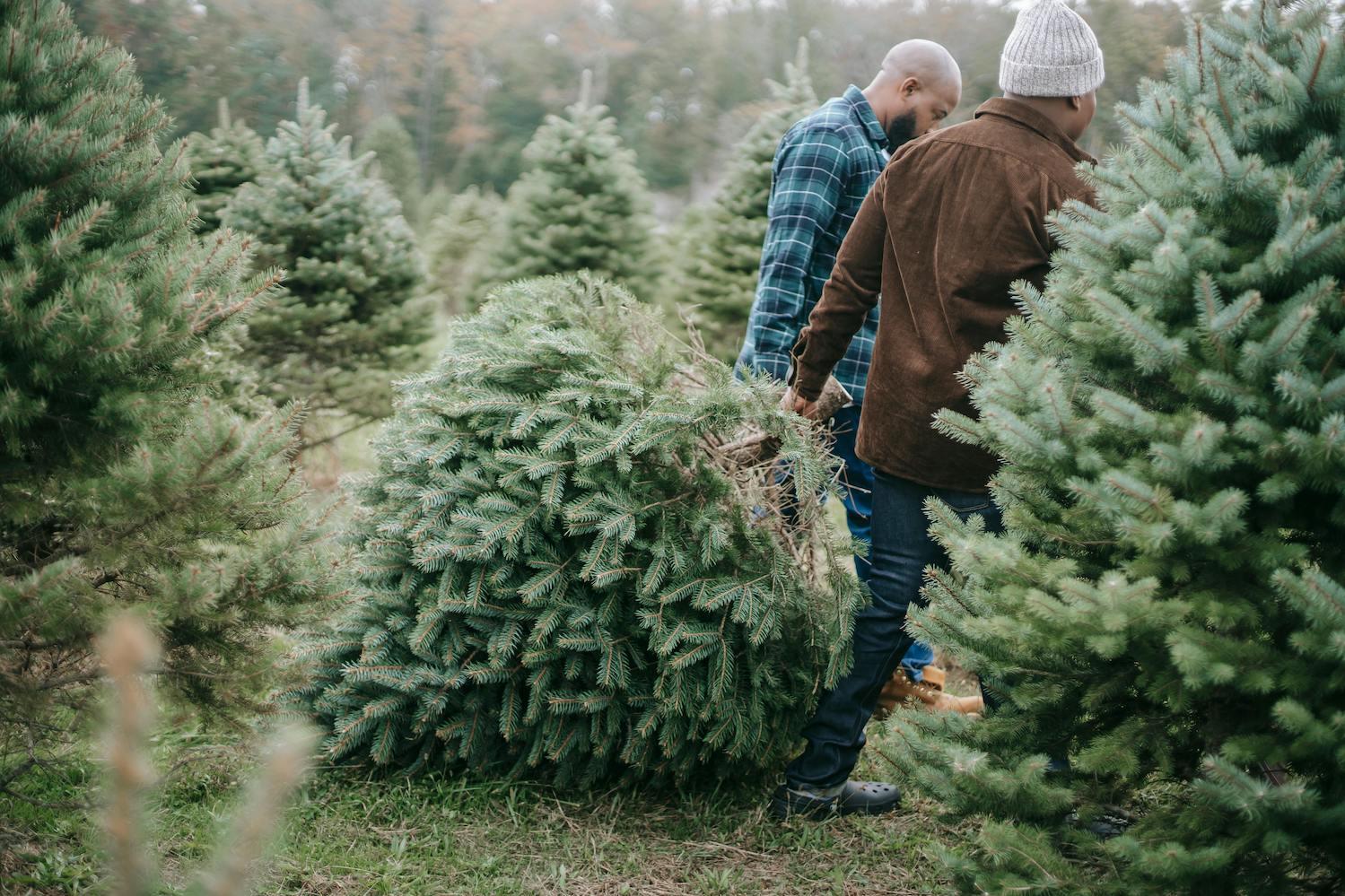
(Image: Any Lane/Pexels)
This story on the environmental and economic impacts of live Christmas trees is part of The Solutions Effect, a monthly newsletter covering the best of solutions journalism in the sustainability and social impact space. If you aren't already getting this newsletter, you can sign up here.
I drove past a Christmas tree sale a couple of weeks ago and wondered if chopping down, and inevitably disposing of, that many trees had a negative environmental impact. The passing thought pushed me down a rabbit hole of information that left me contemplating whether I was asking the right question. Was it possible that live Christmas trees can be beneficial?
My search for information led me to Jill Sidebottom, seasonal spokesperson for the National Christmas Tree Association. The organization represents over 700 farms and 4,000 businesses across North America, South America and Europe. As it turns out, live Christmas trees can help local communities thrive environmentally and economically.
Benefitting local ecosystems
Christmas tree farms create forest habitats where they may otherwise not exist, Sidebottom said. In North Carolina, for example, much of the land used for growing Christmas trees was once home to cattle farms that became unprofitable. In other places, land that’s unsuitable for agriculture because it’s hilly or rocky can deliver another cash crop in the form of firs and pines.
“I live in western North Carolina, and the Christmas tree industry here has kept a lot of land out of development,” she said. “People can make money off of their land instead of selling it for vacation homes being built.”
Utilizing this land to grow trees creates green spaces for wildlife. Animals like mice, rabbits, bees, quail, turkeys and songbirds call tree farms home, Sidebottom said. On top of that, tree farms store carbon. In fact, they probably store as much carbon as an unmanaged forest, according to the environmental conservation nonprofit The Nature Conservancy.
Though some of the trees are cut down every year for holiday merriment, more are planted in their place and the majority are left standing. “Out of the 350 million to 500 million growing on tree farms across the U.S., only 30 million trees are harvested for Christmas each year,” according to the Conservancy. These farms are essentially managed forests, and one of the best ways to protect forests is to sustainably manage them.
Supporting local economies
Buying your Christmas tree from a farmer each year helps financially support these forests, but the monetary benefit likely extends across the community, too. Cut-your-own-tree farms provide a source of seasonal tourism, bringing extra dollars to the community when people stop for lunch or visit other businesses, Sidebottom said. The farms that pre-cut the trees circulate money through local businesses, too. For example, they might pay someone else to transport the trees or purchase supplies like fertilizer locally.
“It has a multiplying effect,” she said. “Every dollar spent on a Christmas tree in that local community is going to be more than just that dollar. That dollar kind of gets recycled through several businesses.”
So, what are the drawbacks?
Alongside emissions related to transport, trees that have been cut down will eventually die and release any stored carbon, but the catch and release of carbon is a natural process, Sidebottom said.
“That would be true of anything,” she said. “If you had a big tree growing in the forest and it fell, then that tree's going to decompose and break down, so it's not like something is a carbon sink forever.”
That’s why what you do with your tree when the holiday season is over is important. Burning a tree, for example, will immediately release all of the stored carbon back into the atmosphere, according to the environmental nonprofit The National Wildlife Federation. But Christmas trees can be composted or recycled so some of the carbon is broken down by bacteria or stored longer. Sending the tree to the landfill also traps carbon for longer, but landfills reduce wildlife habitat and leech pollution into their surroundings. Most communities encourage saving landfill space by disposing of trees another way. Some even offer programs that use the trees to create erosion barriers, sink them into ponds as fish habitat, or shred them for mulch on hiking trails.
Still, for these reasons, trees with roots still attached that can be planted after the holidays and potted trees that can be rented for the season are becoming popular alternatives to cut trees. But Sidebottom cautions that replanted trees often don’t survive, and rental trees are typically kept in a nursery setting on top of gravel, negating the environmental benefit of creating wildlife habitat.
Plastic can equal out on negative impact
Artificial trees are another option often favored because of their convenience and reusability. The average family will use one of these plastic and metal trees for six to nine years, according to the National Christmas Tree Association. This is enough time to have less negative environmental impact compared to live trees when taking into account emissions, transport, energy use, fertilizing and watering, according to a life cycle assessment by the American Christmas Tree Association, a nonprofit that represents tree manufacturers.
But this life cycle assessment didn’t take into account the environmental benefits of tree farms. The overall impact also depends on what happens to artificial trees at the end of their life — most end up in landfills.
The bottom line
In the end, some experts stand firmly on the side of buying a local, real tree to reap the most environmental rewards. But most seem to agree that there is no perfect answer and the “right tree” is up to consumer choice based on their priorities and how they will dispose of it.
It’s also important to consider the celebratory tradition and religious significance of Christmas trees, Sidebottom said. “I don't think people need to feel guilty if they wanna put up a real tree,” she said. “You know, it's everybody's choice.”

Taylor’s work spans print, podcasts, photography and radio. She brings her passion for covering social and environmental issues through the lens of solutions journalism to her work as editorial assistant.



